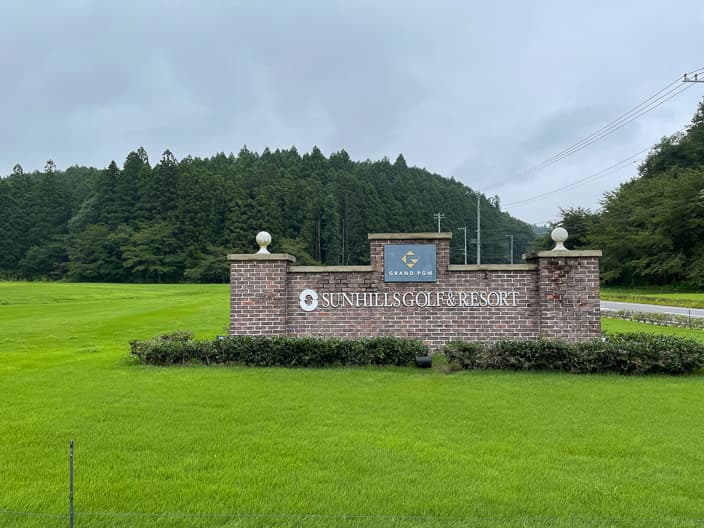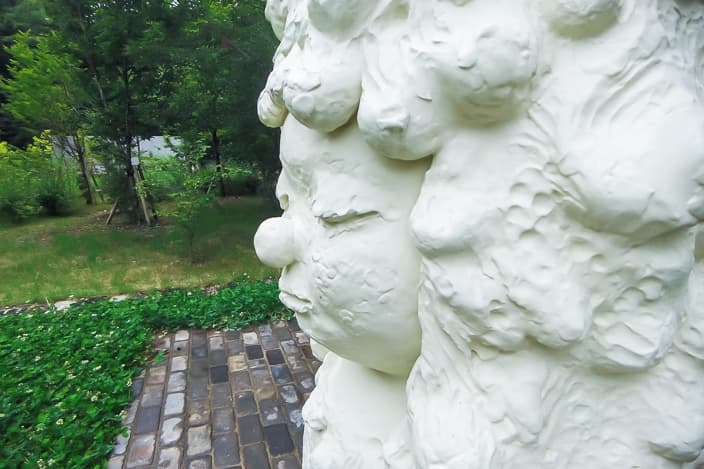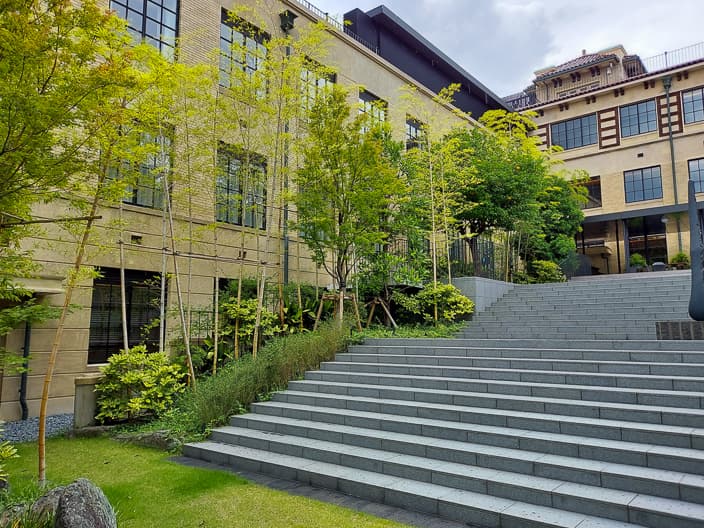Located near Utsunomiya City in central Tochigi Prefecture, Sun Hills Country Club is a 36-hole hill course with a variety of terrain designed by renowned American course designer Robert Trent Jones Jr.
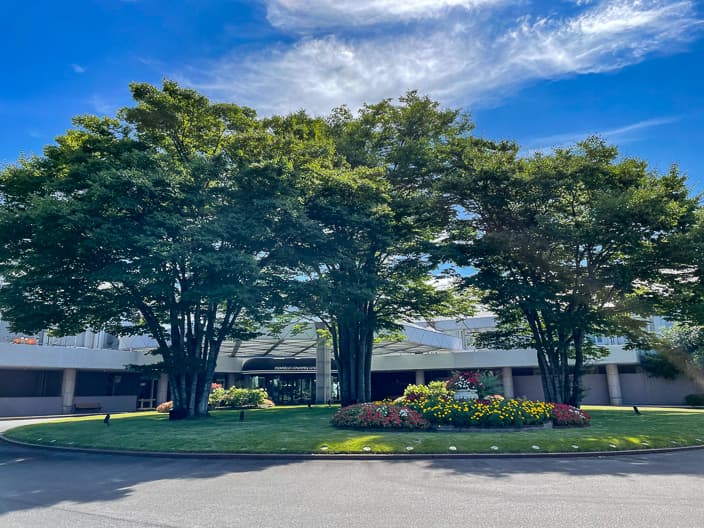
The Kobe Golf Club, the first golf course in Japan that opened in 1903, is said to have been designed by Scottish designers J. Adamson and J. McMurtry. Many golf courses have been built by foreign designers since then, but perhaps the most prominent is the Englishman Charles Hugh Alison. After studying landscaping at Oxford University, he started with the assistant of golf course designer Harry Colt and succeeded. When he came to Japan in 1930, he designed the Hirono Golf Club and Kawana Golf Club, etc. but he understood the culture of “wabi-sabi “ and incorporated it into the Japanese course without imposing an English-style course design.
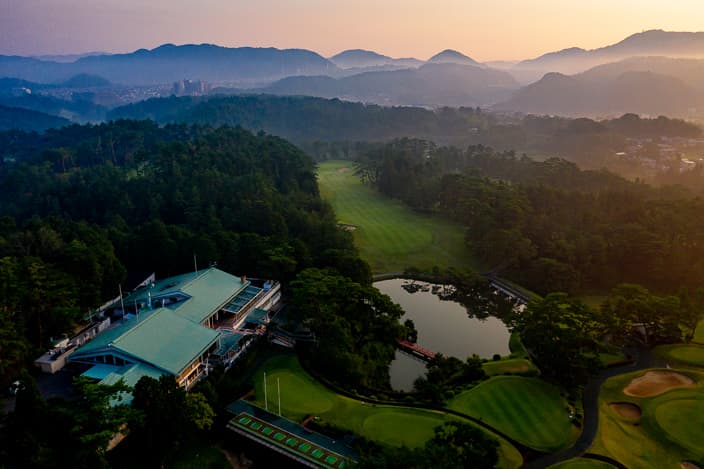
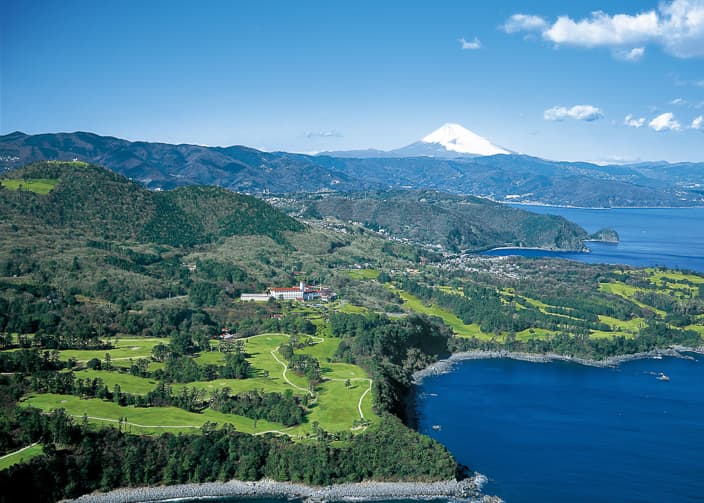
[related id=1754,1851 label=” Please read this too”]
Until then, many famous courses were designed by famous players who were active in the United States such as the Akahoshi brothers and Komyo Otani, but course design expert Allison will introduce strategic course design. Since then, course designers such as Seiichi Inoue and Osamu Ueda, who were not famous golf players, had created many famous courses and had become major golf course designers. Allison was also said to be the “father of golf course designers” who laid the foundation for golf course design in Japan.
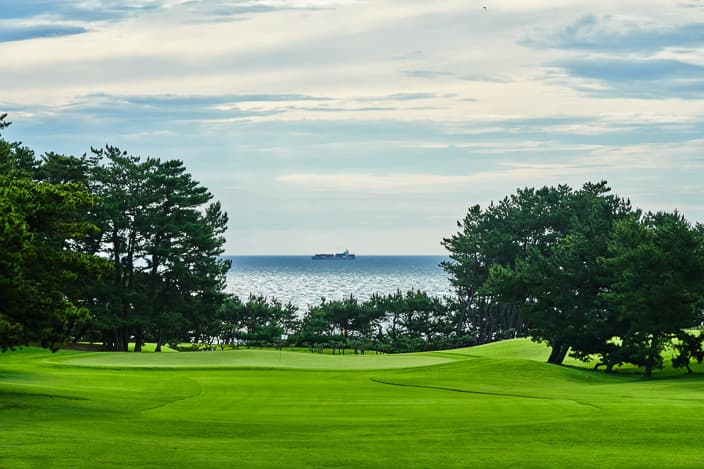
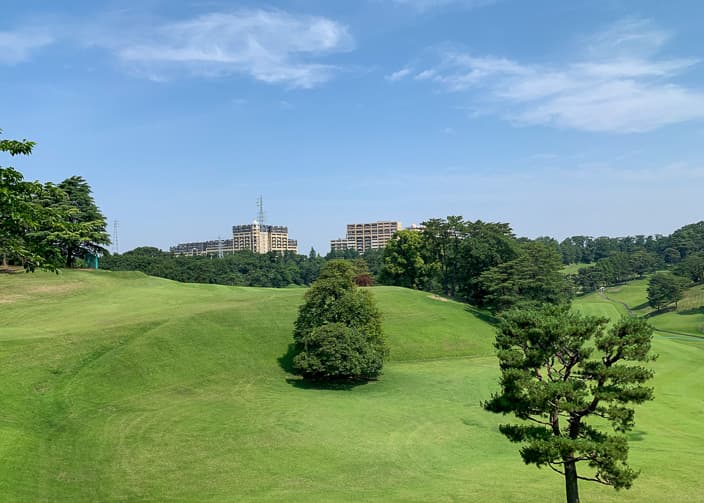
[related id=1906,2395 label=” Please read this too”]
Forty years after Allison came to Japan, American designer Robert Trent Jones Jr. came to Japan. He was born in New Jersey in 1939 as the eldest son of Robert Trent Jones Sr., a world-famous golf course designer famous for the restoration of the war-torn Augusta National. After graduating from the prestigious Yale University and Stanford University Law School, he studied golf course design while helping his father’s work, and eventually became independent after overseeing the West Coast business as vice president. Since then, he had independently designed more than 200 courses around the world, including 21 courses in Japan.
As his father described as a “naturalist”, the course he designs is said to be characterized by a layout that makes full use of the natural terrain and landscape of the land and a one-vent green with tight undulations. He also describes golf as an “outdoor chess game” and requires players to think strategically. Golf is positioned as a comparison of the wisdom of players and course designers, and it is said that score making is done by thinking about one’s own course strategy and executing it.
For example, it is necessary to carefully consider the situation and own skill whether to aim for a buddy over a pond or to safely get a par or bogey from the fairway center, and from the idea of replacing the value of the shot with a number called a score. It is expressed by the term “risk & reward” used in market transactions such as stocks and exchanges. As I was in that world before, I feel that it is an appropriate expression that is familiar and easy to understand.
By the way, his younger brother, Reese Jones, who is two years younger, is a designer who has the nickname of “Open Doctor” because of his achievements in remodeling seven US Open courses and five Ryder Cup courses. In Japan, he is working on remodeling famous courses such as the Ibaraki Country Club in 2012 and the Taiheiyo Club Gotemba Course in 2018.
In their home country of America, the older brother is in charge of the West Coast course and the younger brother is in charge of the East Coast course, and the parents and two children have made great achievements in creating many famous courses all over the world.

[related id=1831 label=” Please read this too”]
The Sunhills Country Club designed by Robert Trent Jones Jr. is no exception, and I think it is one of the courses that embodies his design philosophy of “beauty in harmony with nature” and “thinking about course strategy”. It opened in 1986 with 27 holes as “Kegon Country Club”, and after that, 9 holes were added and the course was remodeled in 1993 while the management changed, and PGM was operated from 2016. It is one of the “Grand PGM” which selected 12 high-grade courses from many courses operated by the PGM, and has dignity and beauty suitable for its high rank.
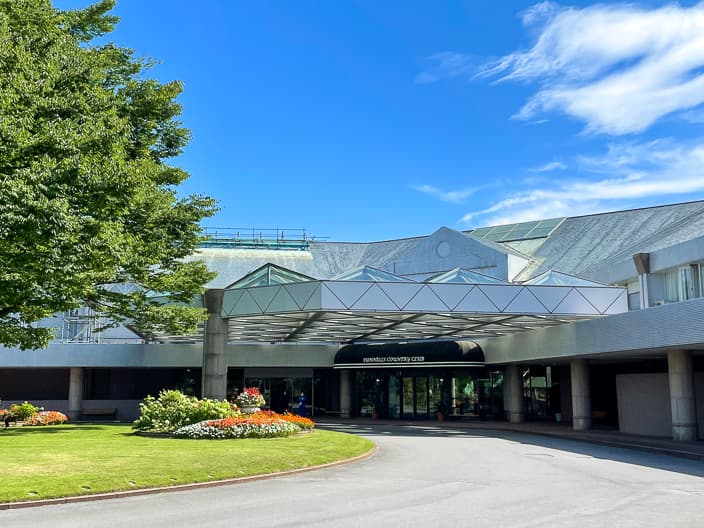
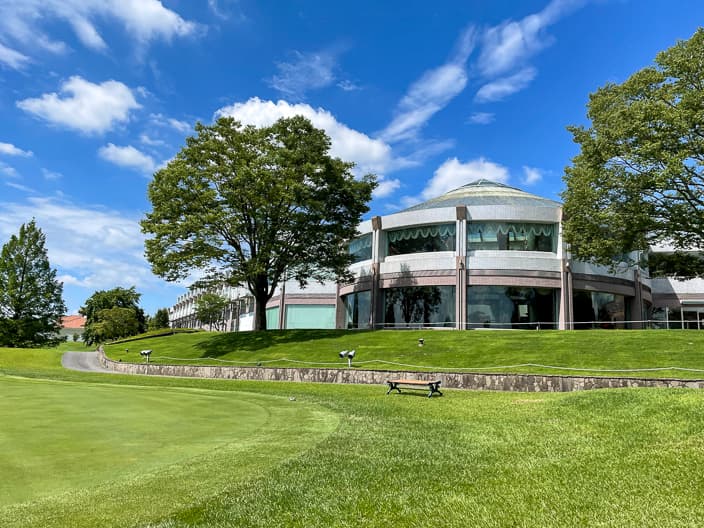
There are a total of 36 holes in the east and west, but the east course, which has different heights, many ponds, and is separated in deep forests and requires more strategy, is a challenging champion course. Even so, the out of the east course can be played widely on the fairway, but in the second half, water gets entangled, and the layout becomes various such as over valleys and dog wreck, which makes it more difficult.
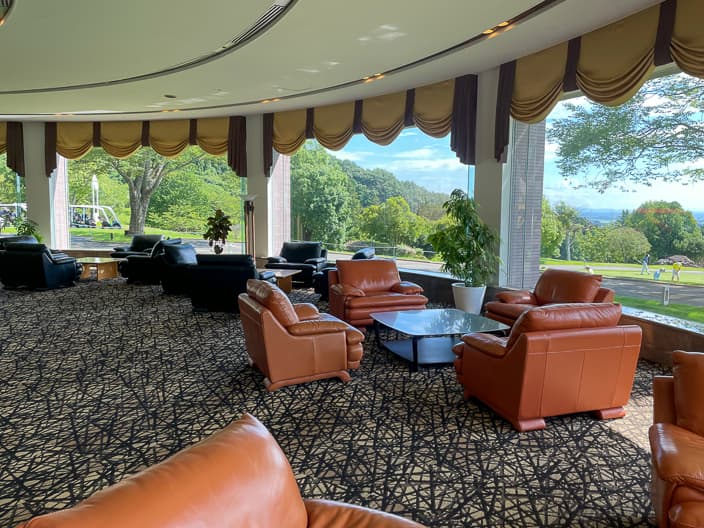
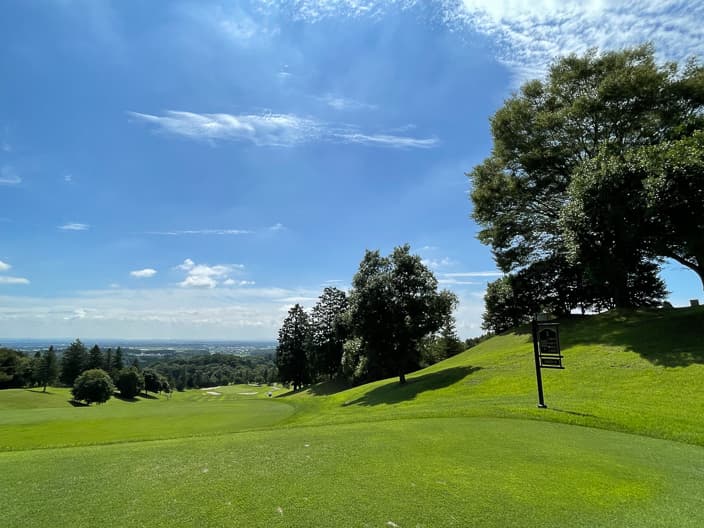
Let’s take a look at each hall with various characteristics.
The 1st hole (360 yards, par 4) has a wide fairway, and you can hit a tee shot comfortably with a gentle downhill. If possible, you better to aim from the left side, avoiding the cross bunker on your right.
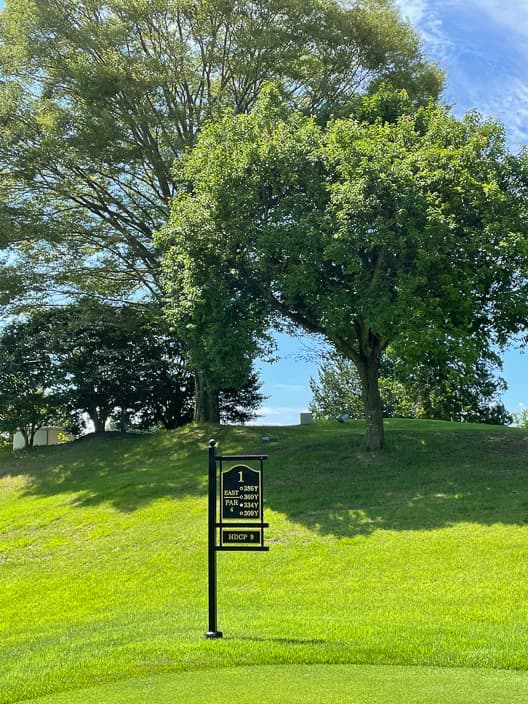
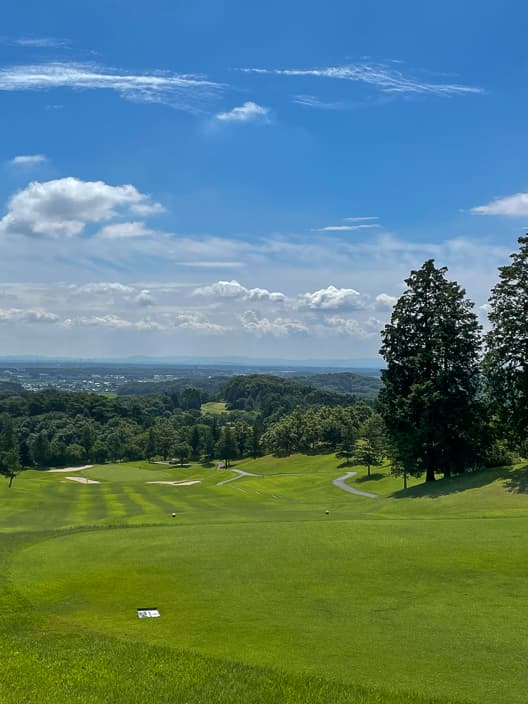
The 2nd hole (530 yards, par 5) is different from the spacious 1st hole, and there is a large pond on the right side of the tee ground that extends up to about 200 yards. Also, the fairway has a slope to the right and feels narrower than it really is. From the second point, you need to pay attention to the left and right OBs toward the green.
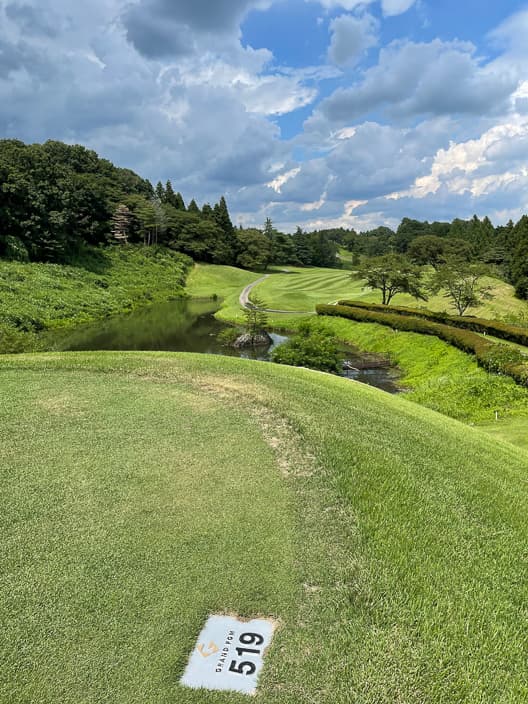
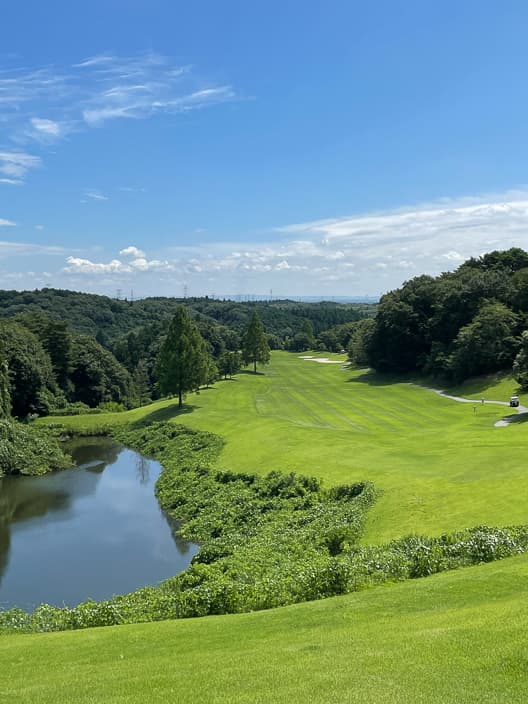
The 3rd hole (353 yards, par 4) is also a gently sloping hole with a pond on your right. The distance is relatively short and the fairway feels wide, but the left and right cross bunkers near 200 yards are effective. There is a large mound on the right side of the green, and the slope from the back to the front is steep.
The 6th (481 yards, par 5) is a relatively short long hole, but the fairway is dog-wrecked to the right from the point where the cross bunkers are lined up on the right. The green is guarded by a large and deep bunker.
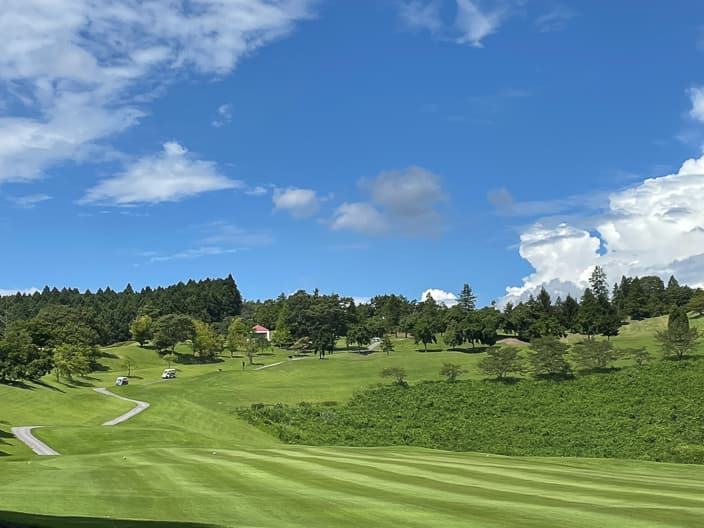
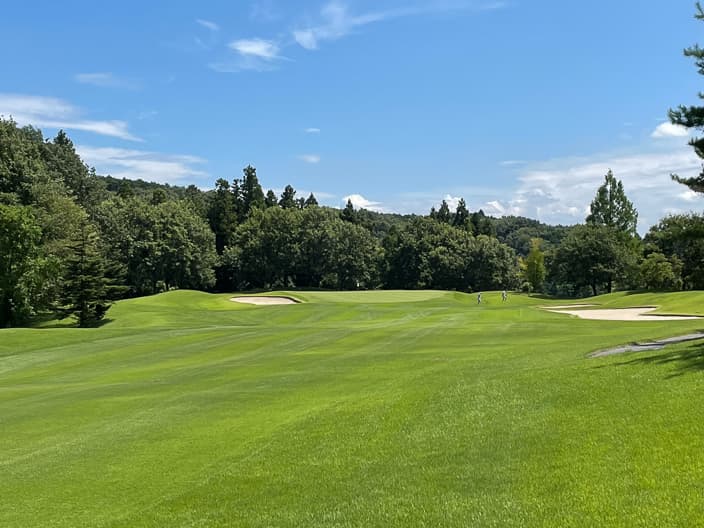
No. 7 (161 yards, par 3) A short hole where you can see the green surface with a gentle downhill. You should aim for the green with a high ball, as you are concerned about the trees that stand on each side of the fairway.
No. 8 (377 yards, par 4) This is an uphill middle hole with a relatively long distance. The slightly vertically long elevated green has five guard bunkers around it, and the slope from the back is steep, so it is desirable to putt from the front.
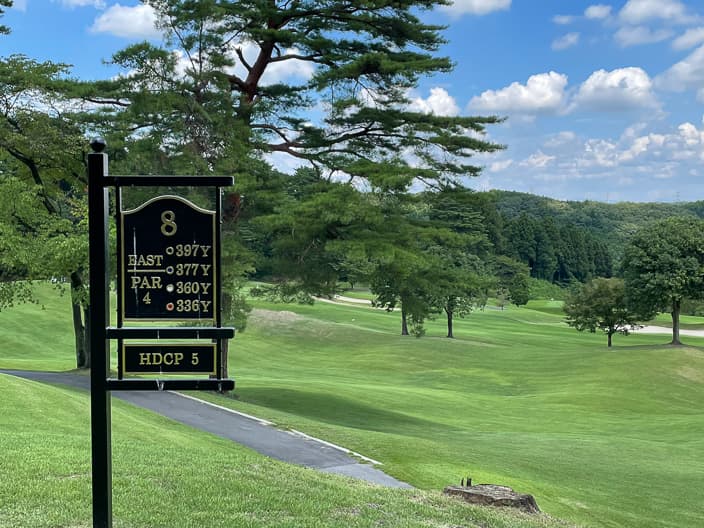
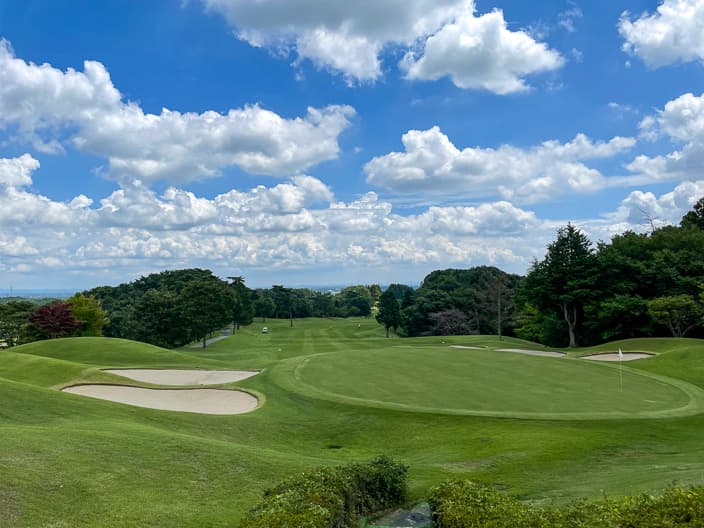
The 9th hole (318 yards, par 4) is a relatively short middle hole that climbs towards the clubhouse in front, but three cross bunkers are lined up on the right side of the fairway and the tee ground is facing that direction, so be careful when hitting a tee shot.
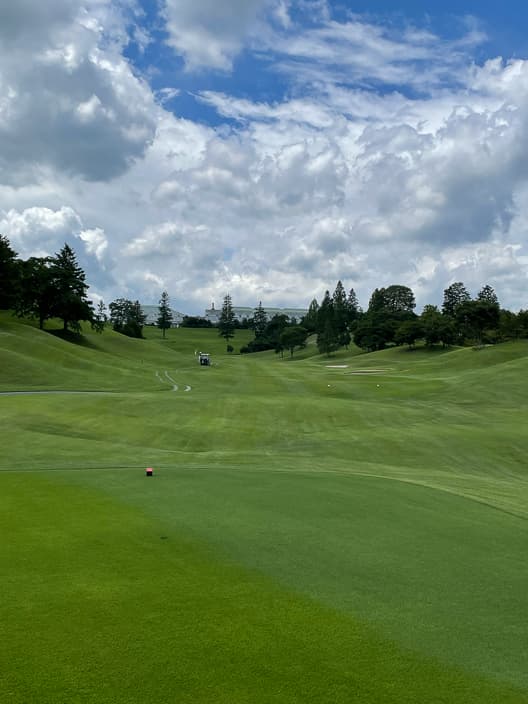
The 10th (400 yards, par 4) is a downhill middle hole like the 1st, but it is gently dog-wrecked to the right from the vicinity of the 2nd shot. The fairway feels narrow because guard bunkers and trees are lined up on the left and right near the corner.
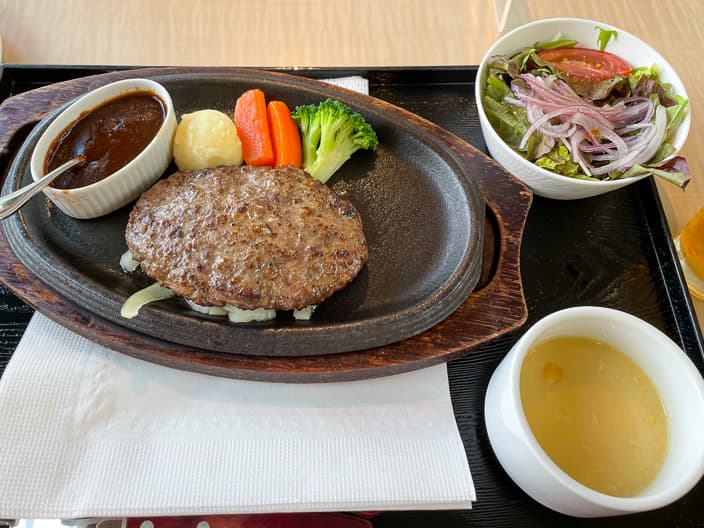
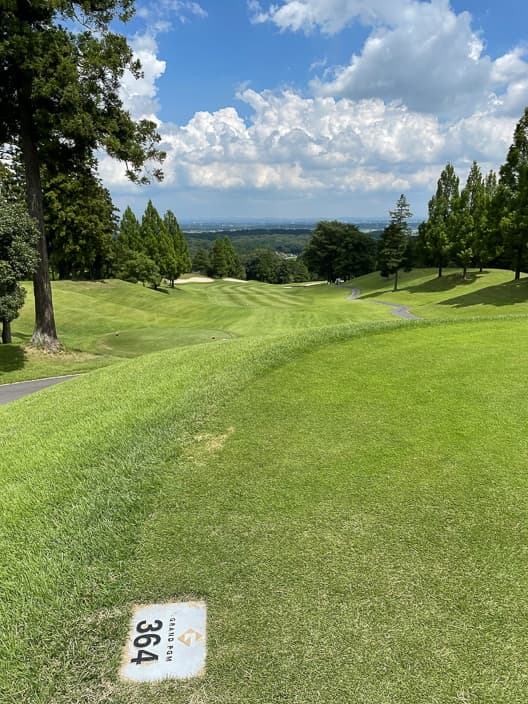
The 11th (566 yards, par 5) is a long hole with a large pond in front of the left side of the tee ground, and you feel pressure when hitting a tee shot. You need to aim from the right side, but if you go too far, the OB will be waiting at the end of the right slope. The green is large, but be aware that there is another pond on the left side of it.

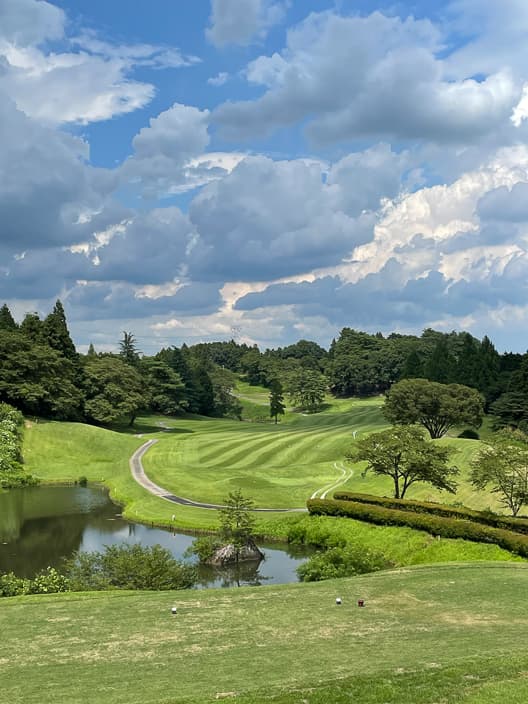
No. 12 (174 yards, par 3) An impressive short hole that crosses a deep valley with a long distance. There is no difference in elevation, the valley continues to the front of the green, and there is a bunker beyond that, so it feels longer than the actual distance, and when you stand on the tee ground, you feel a lot of pressure.
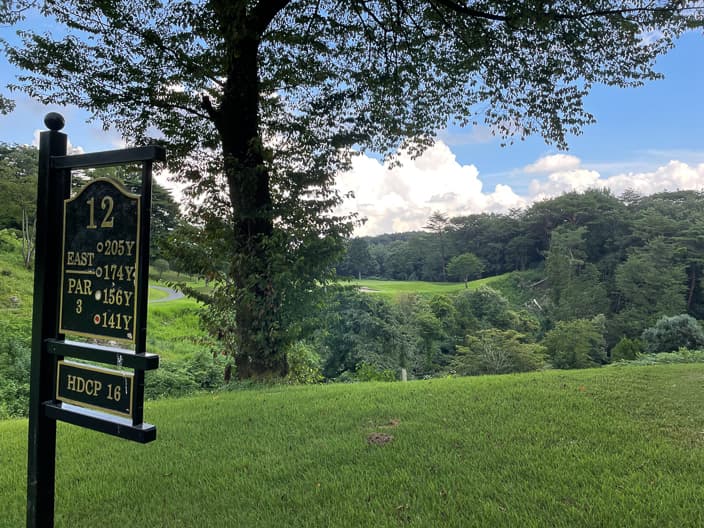
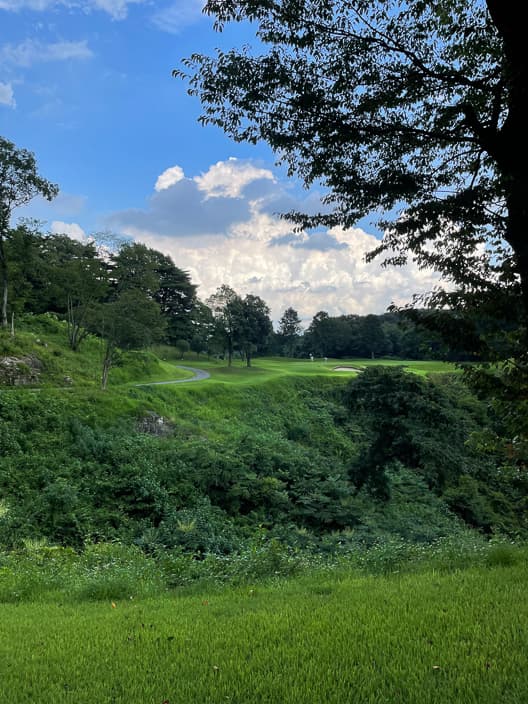
13th (335 yards, par 4) A beautiful downhill hole with a pond along the fairway that dog-wrecks to the left. Avoiding the pond on the left, there is a large guard bunker on the right side of the green, and the green has a steep slope toward the back, making it difficult to approach.
14th (367 yards, par 4) is a difficult middle hole because there is a large pond in front of the tee ground and on the right side of the fairway, and the pond in the back is invisible from the tee ground and slopes toward the pond. After hitting the tee shot, you will cross the beautiful arched stone bridge to the fairway.
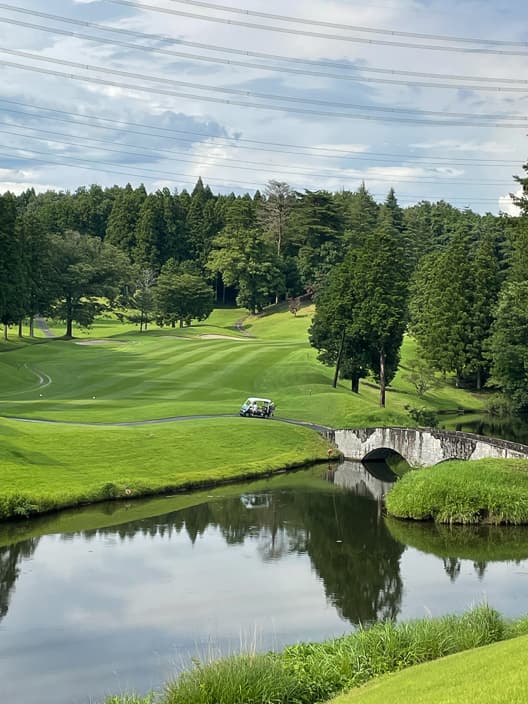
The 15th (398 yards, par 4) has a relatively long distance, but the fairway runs straight to the green and the surrounding trees are beautiful.
The 16th (365 yards, par 4) is a difficult uphill middle hole with a pond on the left side, a deep forest and four guard bunkers on the right side of the fairway, so accurate tee shots are required while feeling pressure.
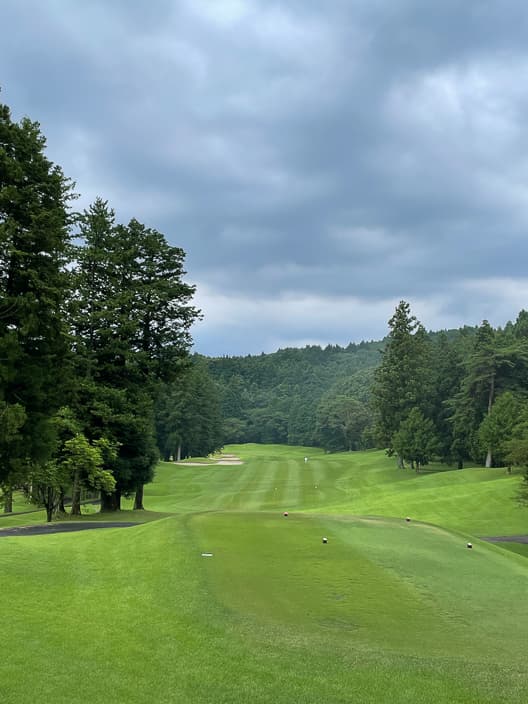

17th (153 yards, par 3) is a beautiful short hole with a pond in front of the tee ground. A carry of 150 yards to cross the pond is required, so you need a good distance and an accurate tee shot as the creek continues to the right of the green after crossing the pond.
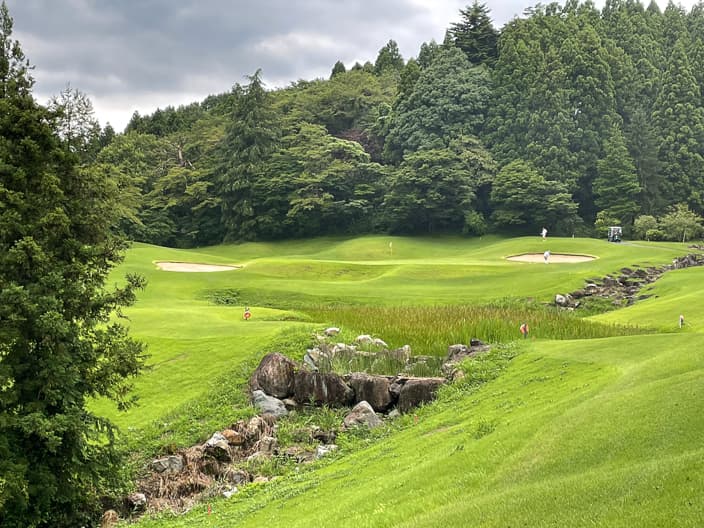
The course is not the only great thing about the Sunhills Country Club.
In the spacious clubhouse where you can enjoy the panoramic view, the restaurant “Rikyuu Sun Hills”, which is run by the local yakiniku restaurant “Nandaimon”, which is famous for offering the finest Japanese beef, opened this spring.
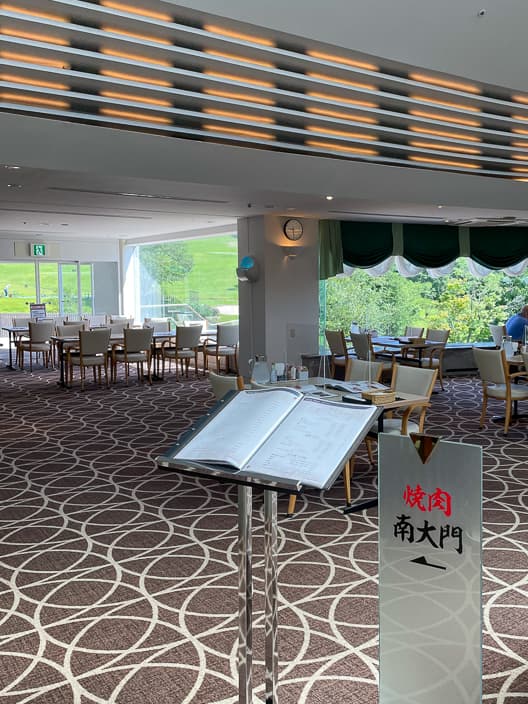
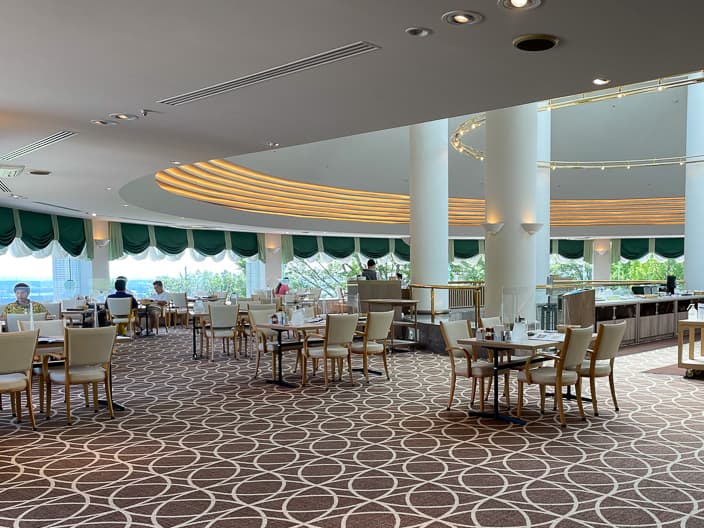
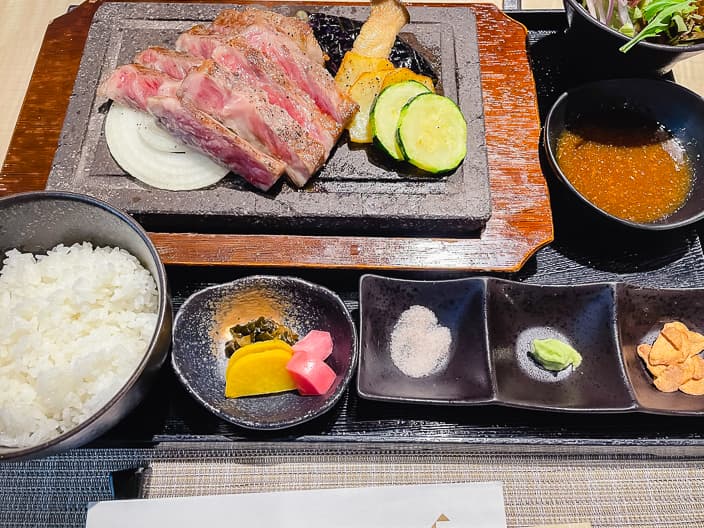
The spacious and large baths with high-quality alkaline simple natural hot springs are equipped with stone open-air baths, saunas and jacuzzi to heal the tiredness of the golf.
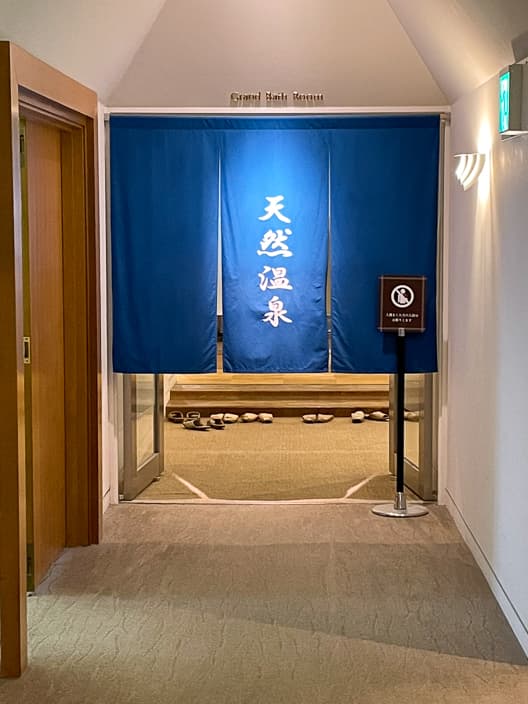
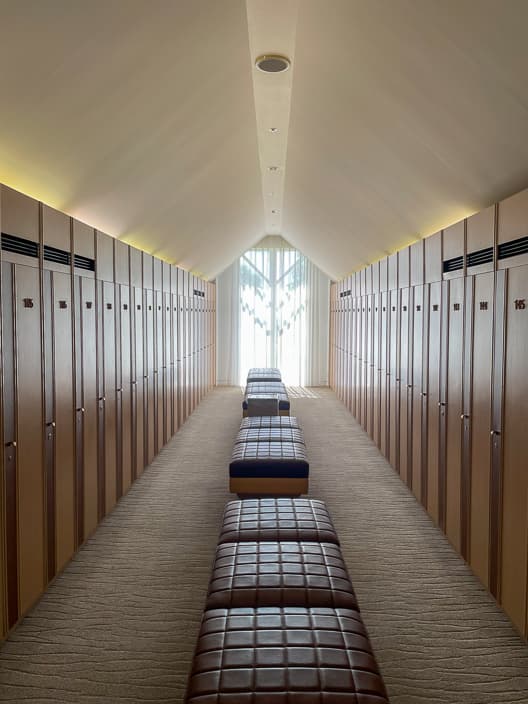
The hotel, which is directly connected to the clubhouse and is convenient for lodging, has an impressive corridor with a high ceiling that gives a feeling of liberation, and is elegantly constructed with brown-based colors that give the warmth of wood.
In the annex, there are “The Royal House” like a guesthouse and 8 log house cottages that are convenient for groups, and some of them are said to be pet-friendly.
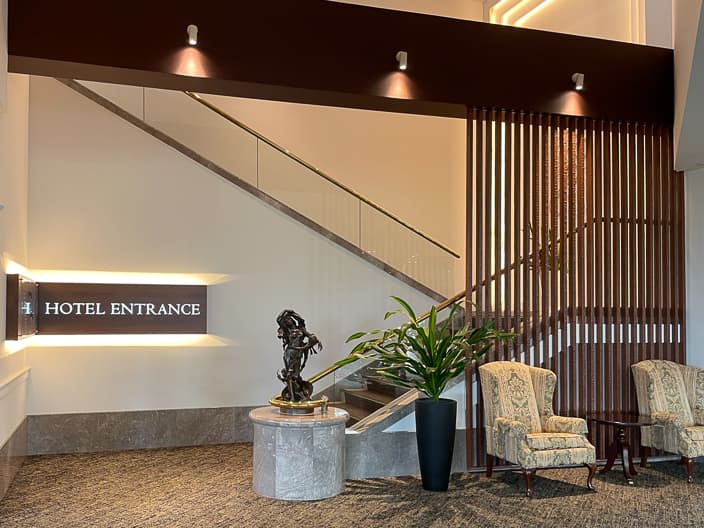
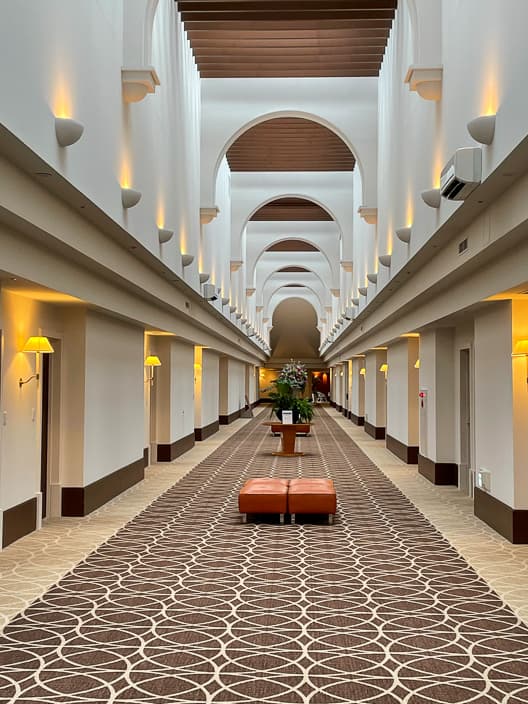

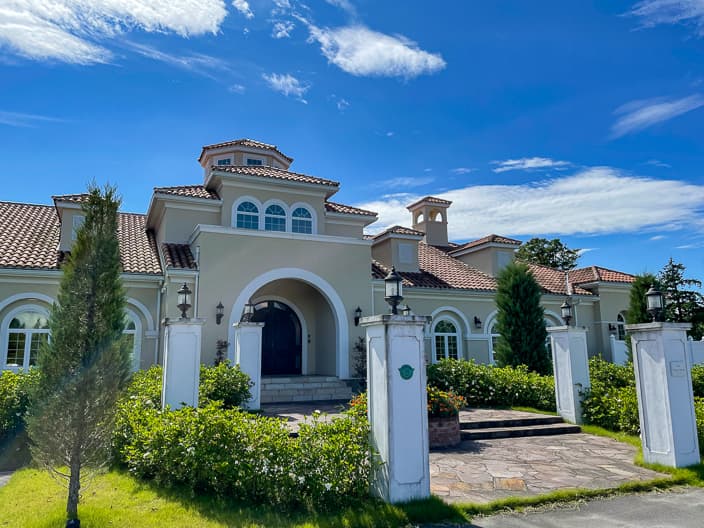
Seven minutes after getting off the Utsunomiya IC on the Tohoku Expressway, and an hour and a half from Tokyo, this resort feeling is exceptional.
Why don’t you enjoy “outdoor chess game” that competes with the course design strategy of master Robert Rent Jones Jr. on a beautiful stage in harmony with nature.

Sunhills Country Club
| Address | 1000, Kamiyokokura-machi, Utsunomiya-shi, TOCHIGI |
| TEL | 028-665-4111 |
| Website | https://www.pacificgolf.co.jp/sunhills/ (Japanese Only) |

